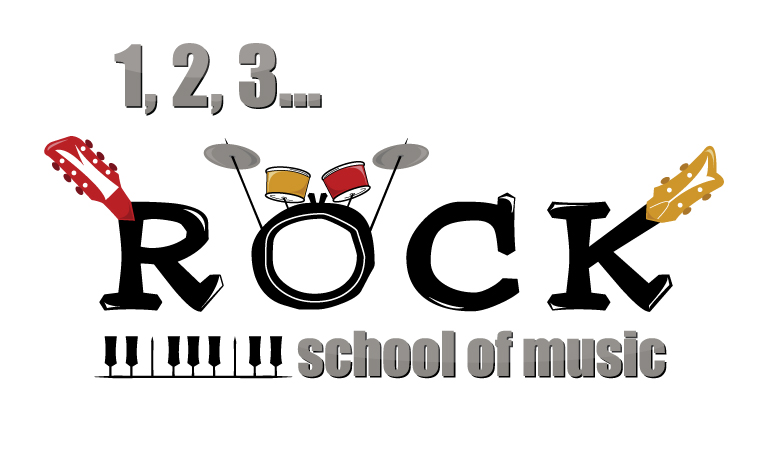Space is silent. In the vacuum beyond our atmosphere, sound doesn’t travel yet music has found a way to transcend that silence. From symbolic gestures to psychological tools, music has quietly become an integral part of how we experience and humanize space exploration. It connects us to home, expresses our cultural identity, and even travels farther than any spacecraft we’ve built.
-Friday, August 22
The Voyager Golden Record: Humanity’s First Musical Message to the Cosmos
In 1977, NASA launched Voyager 1 and Voyager 2, twin spacecraft on a mission to explore the outer planets and eventually exit the solar system. As part of the mission, both spacecraft carried a Golden Record, a 12-inch gold-plated copper disc encoded with images, greetings in 55 languages, environmental sounds from Earth and most notably, music.
The music selection was deeply intentional. It included compositions by Beethoven, Mozart, and Stravinsky, as well as traditional and folk music from around the world including a Peruvian wedding song, Australian Aboriginal chants, and even Chuck Berry’s “Johnny B. Goode, representing early rock and roll. This ambitious project, led by astronomer Carl Sagan, was designed as a time capsule a message in a bottle to the stars, in case intelligent extraterrestrial life ever finds it.
To this day, those Golden Records are the farthest-traveled human-made objects containing music. They are drifting through interstellar space, carrying the sounds of Earth long after we’re gone.
Music in Orbit: Keeping Spirits High on the ISS
While the Golden Record is symbolic, music also plays a practical, emotional role** in real-life space missions especially aboard the International Space Station (ISS). Living in space is physically and mentally demanding. Astronauts work in confined environments, away from family and Earthly comforts, often for months at a time.
That’s where music comes in.
Astronauts routinely create personalized playlists to listen to during their work, exercise, or downtime. These tracks are not just for entertainment they help astronauts regulate mood, stay motivated, and feel more connected to their lives back on Earth. Music can reduce stress, improve focus, and offer a sense of routine in a world where night and day cycles are no longer natural.
One of the most iconic musical moments in orbit was Commander Chris Hadfield’s 2013 recording of David Bowie’s “Space Oddity. Filmed aboard the ISS, his acoustic cover became the first-ever music video made in space. The haunting lyrics of Major Tom isolated, drifting took on new resonance when performed against the backdrop of Earth slowly rotating below. Bowie himself praised the cover, calling it “possibly the most poignant version ever created.”
Instruments in Space: More Than Just a Playlist
Music in space isn’t limited to digital tracks. NASA has allowed astronauts to bring actual instruments on missions. Guitars, flutes, and keyboards have all made their way onto the ISS, offering astronauts a chance to play and compose during their off-hours.
These instruments don’t just provide creative expression they help alleviate the psychological toll of long-term missions. Astronauts report that playing music in microgravity feels liberating, calming, and even joyful. The instruments become tools for self-care, not unlike journaling or meditation.
The Psychology of Sound in Deep Space
As humans prepare for longer missions to the Moon, Mars, and beyond music is becoming part of space medicine. NASA and other space agencies are exploring the use of music therapy to support mental health during missions that will last years.
Hearing a familiar song can trigger powerful memories, boost morale, and counteract feelings of isolation. Teams are also studying sonic environments, creating calming soundscapes or even artificial Earth-like ambient noise to help astronauts sleep and focus in an otherwise sterile setting.
Music as Cultural Memory: A Universal Language Beyond Earth
What makes music such a fitting companion for space is that it’s both deeply human and universally resonant. Every culture on Earth has developed music it’s woven into our rituals, identities, and history. When we send music into space, we’re not just sending sounds; we’re sending evidence of who we are.
Whether encoded on the Golden Record or strummed aboard the ISS, music in space serves a larger purpose. It reminds us of Earth, binds us together, and reaches for the unknown. In the silence of the cosmos, music becomes our voice gentle, bold, and infinitely human.


